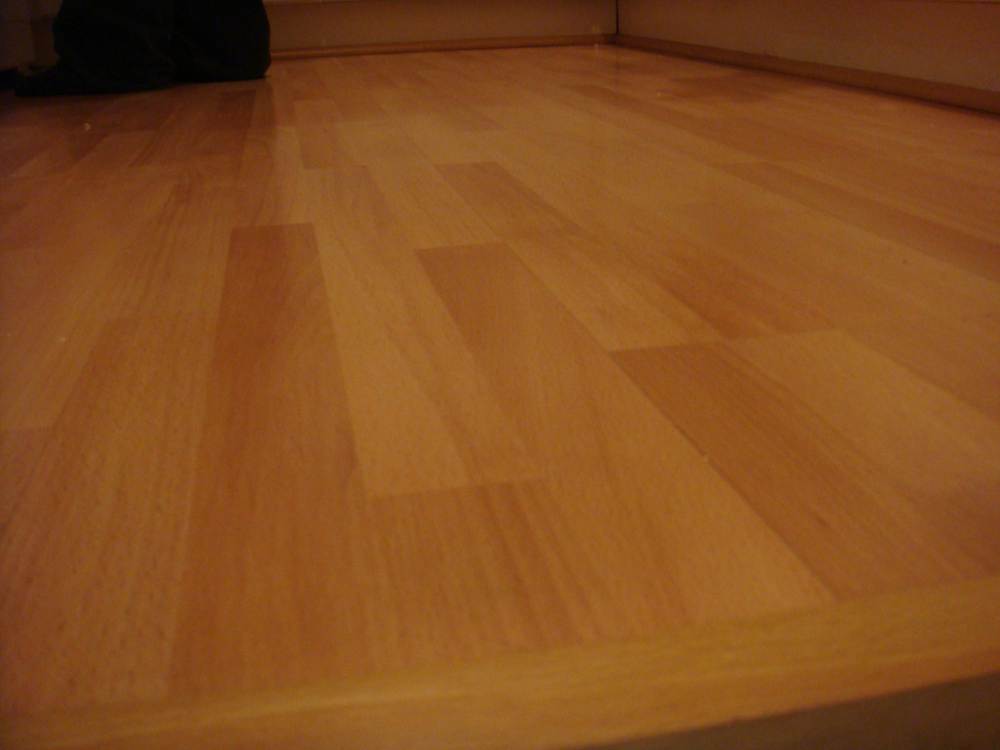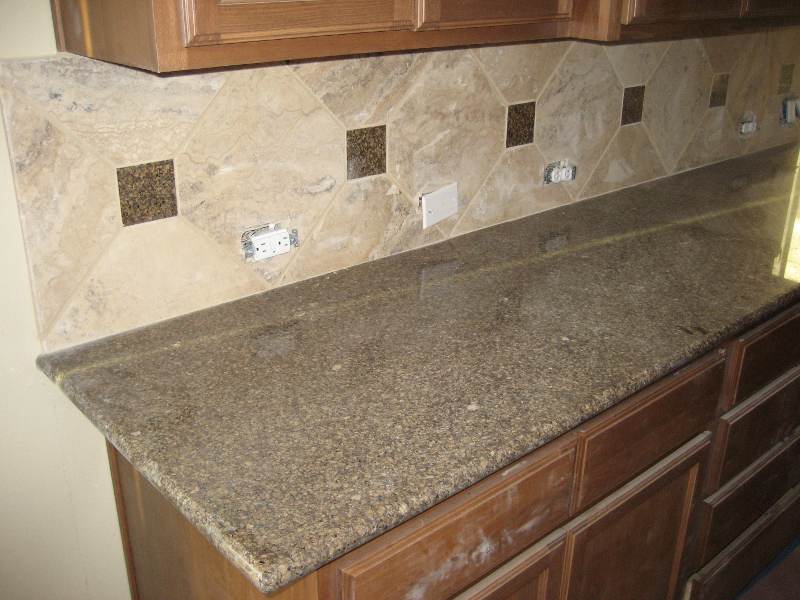Wood is a popular choice for flooring because it’s beautiful, timeless, and classy. Nowadays, wood flooring can be divided into two types: hardwood and laminate flooring. Knowing the advantages and disadvantages of each will help you choose which is best for your home.
Hardwood Flooring
Hardwood flooring is a natural and non-allergenic product that is made from different kinds of trees. It is renewable and doesn’t use any unhealthy chemicals during construction, so it doesn’t do much damage to the environment. However, make sure to only use wood that is FSE certified so you know it came from a sustainable resource. Recycled wood and bamboo flooring offer even more sustainable options.
There are two ways to construct hardwood flooring; with solid wood or engineered wood. Installation is very difficult, so I’d advise you hire a professional rather than do it yourself. Hardwood flooring, whether solid or engineered, unfinished or pre-finished, is very easy to maintain. In fact, the only thing you need to do to make it last for a long time is keep it away from water and direct sunlight. One way to do accomplish both is with rugs. Just place some rugs around high-traffic areas, areas that are most likely to get water spills and areas that are exposed to direct sunlight and you’ll be good to go. You can also use blinds or curtains to prevent the sun from damaging your hardwood floors.
Advantages/Disadvantages Over Laminate Flooring
– Adds beauty and value to your home
– Easy to repair
– Non-allergenic
– Natural (no harmful chemicals)
– Lasts longer
– Need to hire a floor installer
– Imperfections can be removed by sanding
– Easily scratched
– Wood color may be affected by sunlight
– Weak against water
– Needs to be finished before installation
Laminate Flooring
Laminate flooring, which has become a popular substitute to hardwood, was developed sometime in the 1980’s. Made up of wood fibers, agricultural sub-products, resins, and paper, this kind of flooring can be made to look very similar to wood, stone, or other kinds of natural flooring. In fact, some new hybrid products have replaced paper with a thin slice of real wood in order to give the flooring a more natural look. It is also available in different types and colors of wood. Unlike genuine wood floors, laminate floors do not need to be waxed or polished, and can be used in moist areas. However, they may be made out of chemicals that are harmful to both humans and the environment.
The installation of laminate flooring is a little easier than hardwood flooring. You may be able to install it yourself rather than hiring a professional. To install this kind of flooring, you use the floating installation method. This means that the laminate merely rests above the subfloor and is not attached to it. There are three types of laminate flooring: glueless floating laminate floors, factory pre-glued floating laminate floors, and floors that need to be applied using special glue.
Advantages/Disadvantages Over Hardwood Flooring
– Cheaper materials and installation costs
– More durable
– Looks a lot like real hardwood
– Moldings and trims available
– Less resistant to scratches, wear and tear, and moisture
– Easier to clean and maintain
– Has UV protection
– No need for wax or polish
– Kits for touch-ups and chip repairs are available but difficult to find
– Plank replacements are offered
– Easier to install and uninstall
– Can be a do-it-yourself project
– Can be used anywhere at home, even in moist areas such as bathrooms, kitchens, etc.
– Less appealing
– Noisy. Special paddings are needed to reduce the noise.
– Harder to repair
Choosing the best floor for your home can be a difficult task. Hardwood and laminate flooring similar in many ways, but they also have their own advantages and disadvantages. Knowing the pros and cons of each will help when it comes time to make a decision.


